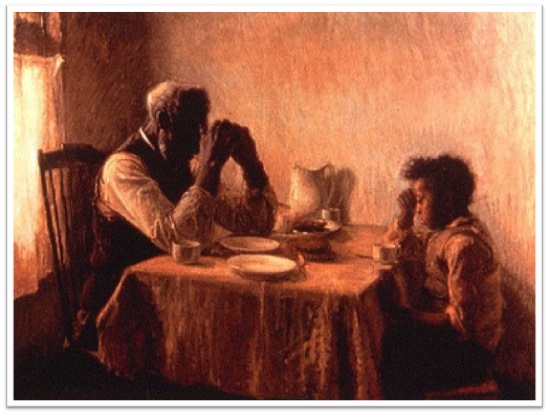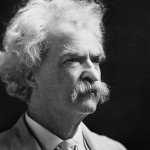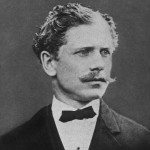“Realism is nothing more and nothing less than the truthful treatment of material.” –William Dean Howells, “Editor’s Study,” Harper’s New Monthly Magazine (November 1889

Unit Essential Questions:
1. What is JUSTICE? What are the defining characteristics of a JUST country?
2. How did American Realists view JUSTICE?
3. How did American REALIST views about JUSTICE as expressed in autobiography, essays, and short stories define the “American” as an idea and the United States of America as a political and cultural entity?
4. How did views of JUSTICE as expressed in REALIST literature in U.S. history inspire and shape artistic, cultural, and political movements?
5. How have American REALIST writers and artists influenced current “American” values and politics?
Unit Goal:
Unit Terms:
Realism, verisimilitude, vernacular, dialect, justice, slave narratives, abolitionists, propaganda, claim, ethos, pathos, logos, call to action, satire, parody, irony, point of view, sequence of events, regionalism, exageration, hyperbole
Objective 1: Philosophical and Historical Contexts
Students can define features of American Realism as a cultural and intellectual movement that arose out of conditions of late 19th Century by completing notes and summarizing knowledge in formal paragraph.
I. Pre-Reading: What is Reality? & Introduction to Justice
II. Reading: Introduction to Realism
III: Post-Reading: Historical Context of Realism Gallery Walk
Objective 2: JUSTICE in American Realist Literature
By reading and annotating American Realist literature, students will be able to 1.) compare philosophical attitudes and views of “justice” and 2.) analyze the effect of imagery, figures of speech, and use of rhetorical devices such as ethos, pathos, and logos across genres.
 A. SLAVE NARRATIVES: Douglass, Frederick. “Narrative of the Life of Frederick Douglass.” pp.398-404 & What to the Slave is the Fourth of July
A. SLAVE NARRATIVES: Douglass, Frederick. “Narrative of the Life of Frederick Douglass.” pp.398-404 & What to the Slave is the Fourth of July
I. Pre-Reading: Background Video, Abolitionist Propaganda, Introduction to Frederick Douglass
II. Reading: Dialectical Journal
III. Post Reading: SOAPS
Web Resources: http://www.frederickdouglass.org/douglass_bio.html
 B. AMERICAN SATIRE: Twain, Mark. The Lowest Animal, p. 468-477 & “The Celebrated Jumping Frog of Calaveras County” pp. 460.
B. AMERICAN SATIRE: Twain, Mark. The Lowest Animal, p. 468-477 & “The Celebrated Jumping Frog of Calaveras County” pp. 460.
I. Pre-Reading: Regional Realism Background Video, Twain Notes
II. Reading: Dialectical Journal
III. Post-Reading: SOAPS
Web Resources: The Official Website of Mark Twain http://www.cmgww.com/historic/twain/
 C. PSYCHOLOGICAL REALISM Bierce, Ambroce. “Occurence at Owl Creek Bridge.” pp. 423-431 & Kate Chopin’s “The Story of an Hour”
C. PSYCHOLOGICAL REALISM Bierce, Ambroce. “Occurence at Owl Creek Bridge.” pp. 423-431 & Kate Chopin’s “The Story of an Hour”
I. Pre-Reading: Ambroce Bierce’s Civil War & Bierce Notes
II. Reading: Dialectical Journal
III: Post Reading: SOAPS
Web Resources: “The Many Deaths of Ambroce Bierce” http://www.theparisreview.org/blog/2014/10/17/very-trustworthy-witnesses/
Objective 3: Socratic Seminar
By participating in a Socratic Seminar, students will be able to synthesize views of JUSTICE communicated by Realist author’s and thinkers and evaluate the relevance of their ideas to contemporary American culture and values.
I. Pre-Speaking: Cornell Notes and Question Guide
II. Speaking: Socratic Seminar Powerpoint
III. Post Speaking: Activity Evaluation and assessment
Objective 4: MLA Style Essay
II. Revisions: http://www.paperrater.com, MLA RULES
III. www.turnitin.com (instructions for turnitin.com click here)